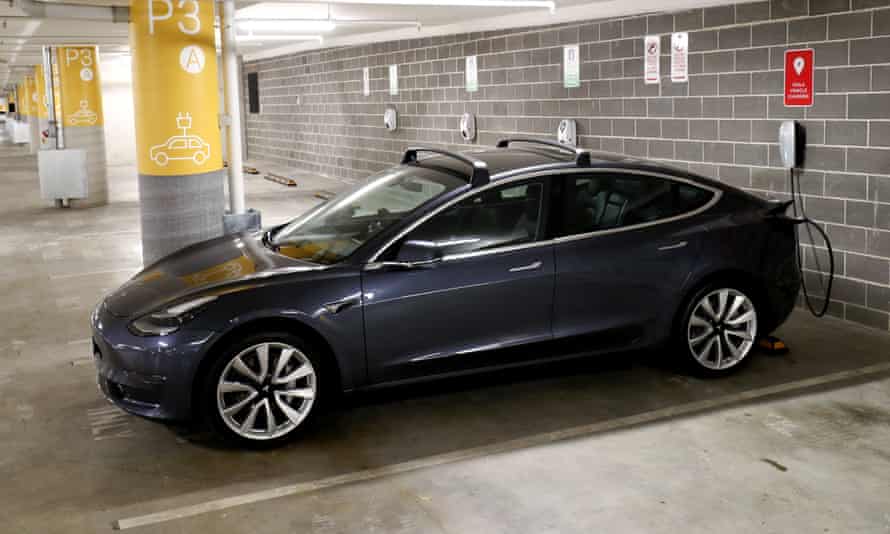Extract from The Guardian
Without policies to encourage buyers, new EV models are unlikely to reach Australia, which could be targeted as a dumping ground for petrol cars

Last modified on Sat 6 Mar 2021 06.02 AEDT
Australians considering buying a new electric car have less choice than motorists in the United States, Europe and the United Kingdom – and it’s throttling the take-up of electric vehicles in the country.
In the UK, consumers can choose from 33 base models. That number grows to 39 in the European Union, while across the Atlantic shoppers are spoilt for choice with 43 models made by 26 different manufacturers for sale.
Each model comes with a range of variations on battery power, range, body type or engine modifications.
Australians, meanwhile, are limited to just 29 base models.
The Guardian counted the base models available in the US, UK and Europe and compared them to those available in Australia using data from car comparison websites. Battery electric vehicles (BEVs) and plug-in hybrid electric vehicles (PHEVs) were counted as separate vehicles even where they were the same model. Variants on the same model were excluded, as were vans, trucks and other heavy vehicles.
“The acceleration of the EV market is occurring,” Jafari says. “We spend a lot of time here in Australia talking about how in future years the price of electric cars will fall. The reality is the price has fallen, they’re just not being brought here, because we don’t have the policy.
“A global car company looks around at every other market in the world and sees that consumers get financial support for buying an EV and that there are growing costs for running a petrol vehicle. Australia doesn’t have these, and that’s why we miss out.
“Australia looks weird, essentially.”
With governments in the US, Europe and China introducing a range of policies to encourage the uptake of electric vehicles and make the cost of running internal combustion engines (ICEs) more expensive, the transition is well on the way.
In 2020, 1.25m electric cars were sold in China, 395,000 were sold in Germany and 328,000 in the US. These include both BEV and PHEV vehicles.
In many cases, manufacturers have seen the writing on the wall.
Volkswagen announced in 2017 that it will spend billions of dollars on retrofitting its factories to build electric vehicles. Luxury car manufacturer Jaguar is planning to go electric by 2025. Volvo is looking to achieve this by 2030, while General Motors is aiming to complete the transition in 2035.
Even those that haven’t announced an ambitious plan are beginning to join the trend, with Ford bringing out an electric Mustang to challenge Tesla for market share at the higher end.
According to analysts at McKinsey, there were 143 models of electric vehicles worldwide in 2019. By 2022 that number is expected to explode to include 450 additional models – giving consumers unprecedented choice.
Australia, however, is likely to miss out on many of these new models due to the lack of policy – a situation that has already resulted in the country targeted as a dumping ground for petrol vehicles that are becoming increasingly hard to sell elsewhere.
“It’s carrot and stick,” Jafari says. “There is a huge list of policies you can run, but what it really comes down to are the consumer financial incentives and the CO2 standards on your light vehicle fleet.
“Without those two things, you don’t get a market. Things like charging infrastructure – those things develop in your market as demand grows.
“So far, we’ve done nothing and here it feels like doing nothing is normal, but it’s not. When everyone else is doing something, doing nothing is a choice.”
No comments:
Post a Comment